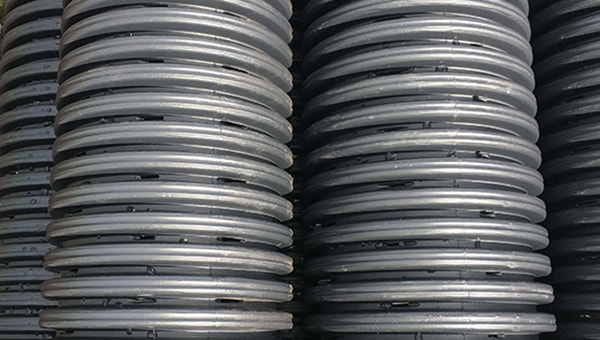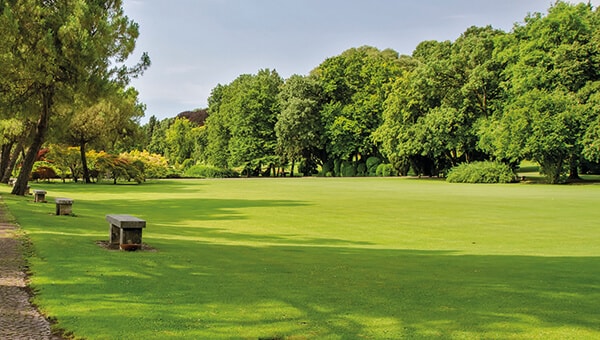
Land drain, French drain, weeping tile, rock drain, filter drain? You might have seen all these phrases floating around on the internet if you’re looking to fix a drainage problem in your home. But what do they all mean?
Essentially, they are all the same thing. However, French drain more typically refers to the process of removing the surface water by installing a trench and backfilling with gravel. Before there was such a thing as a land drain pipe, this method was called a French drain - without a pipe. Nowadays people still call this method a French drain even though it will most likely incorporate a flexible land drain pipe.
Where can you use a French drain?
Most typically, a French drain is used in and around your home where excess surface water is a problem.
- This could be in your lawn, artificial or real grass, or back yard area.
- A basement or garage where damp is a recurring problem.
- Or it can be used outside the home in outdoor open spaces such as playground areas and golf courses.
On a larger scale, for field drainage in agriculture to give the land a greater potential to be farmed more productively, increasing the growing season and crop yeild.
Why use a French drain?
If you have any drainage problems on your property, installing a French drain is the easiest and most cost-effective method to free your land of the excess water. The land drain pipe allows the water to easily be collected through the perforations and flow through the pipe distributing the water to a more suitable place where flooding won’t be a problem.
Where to end a French drain?
After you have planned out your French drain installation, the next problem you may face is knowing where to end the drain, and where the water can go. The drain must end at the lowest point for the water to be able to flow at a downwards slope and work efficiently. The slope needs to be no less than 1% gradient.
Ideally if installing in your home or garden you want the end of the drain to be relatively close to the start to save costs, but long enough to actively remove the water to a drier area away from the problem area.
There are a number of suitable end points for your French drain system:
- The water can be directed into an existing rain gutter.
- Into a gravel pit or dry well filled with small gravel stones.
- You can install a soakaway system such as a RAINBOX® crate which will hold the water and then slowly release back into the soil avoiding flooding.
Before discharging from a French Drain system, get approval from your local planning authority.
Disadvantages of using a French drain system
- Installation can be tricky. If you are DIY-ing there are things to look out for when digging your trench such as gas lines and underground utilities. You would need to be aware of where they are before starting to remove the ground.
- As the land drain pipe is underground it can sometimes be difficult to maintain and clean, using a geotextile material around the pipe and trench should protect the land drain from mud and debris.






